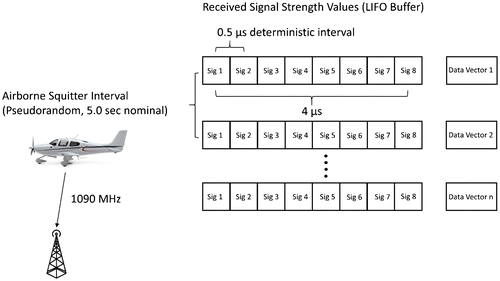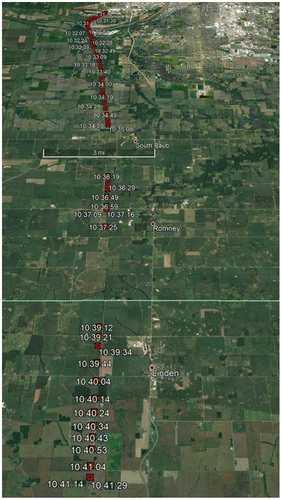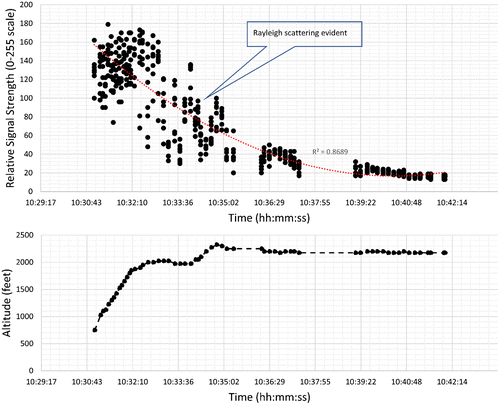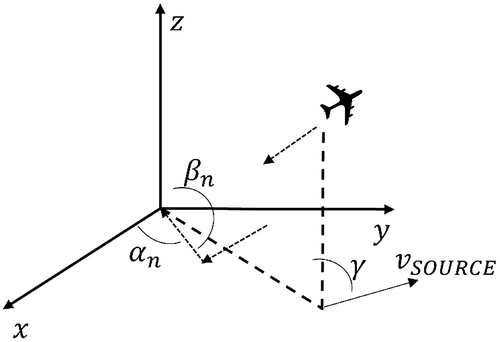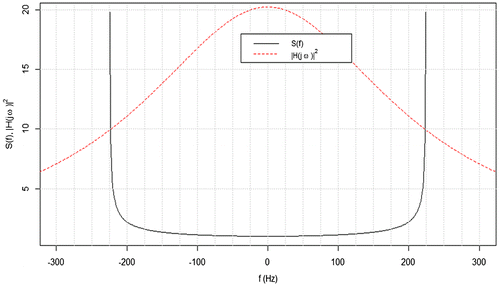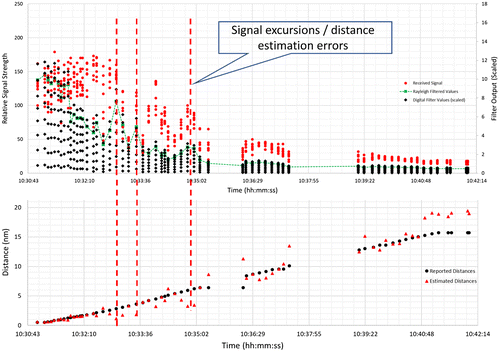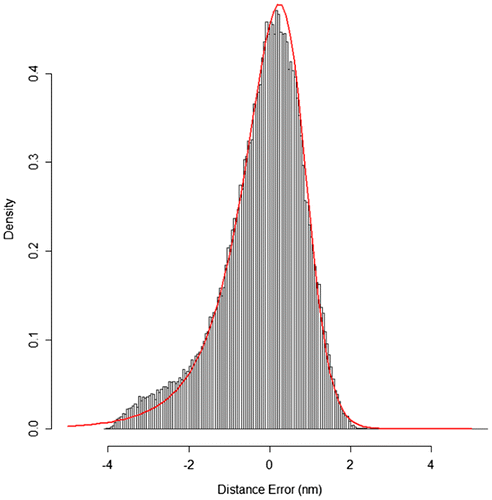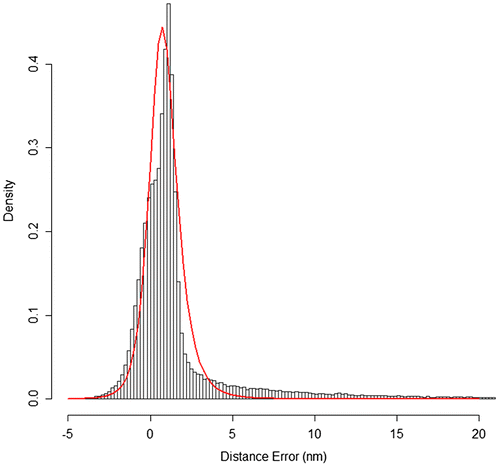Cogent Engineering
Volume 5, 2018 - Issue 1
Open access
2,422
Views
7
CrossRef citations to date
0
Altmetric
Research Article
Estimation of aircraft distances using transponder signal strength information
John H. Mott
School of Aviation & Transportation Technology, Purdue University
, 1401 Aviation Drive, West Lafayette, IN47907, USACorrespondence[email protected]
 https://orcid.org/0000-0002-2087-3971View further author information
https://orcid.org/0000-0002-2087-3971View further author information
Qingsong Ai
Wuhan University of Technology
, China
(Reviewing Editor)
Article: 1466619
|
Received 08 Jan 2018, Accepted 16 Apr 2018, Published online: 26 Apr 2018
Related Research Data
Detecting outliers: Do not use standard deviation around the mean, use absolute deviation around the median
Source:
Elsevier BV
Technology Assessment to Improve Operations Counts at Non-Towered Airports:
Source:
SAGE Publications
A modified model for the fading signal at a mobile radio channel
Source:
Institute of Electrical and Electronics Engineers (IEEE)
A Simulation of the Reception of Automatic Dependent Surveillance-Broadcast Signals in Low Earth Orbit
Source:
Hindawi Publishing Corporation
Estimation of Aircraft Operations at Airports Using Mode-C Signal Strength Information
Source:
Institute of Electrical and Electronics Engineers (IEEE)
A limited memory algorithm for bound constrained optimization
Source:
Society for Industrial & Applied Mathematics (SIAM)
Time- and Frequency-Varying $K$ -Factor of Non-Stationary Vehicular Channels for Safety-Relevant Scenarios
Source:
Institute of Electrical and Electronics Engineers (IEEE)
Performance Analysis of MLAT System Receiver for Aircraft Flight Control System
Source:
The Korean GNSS Society
System capability of air traffic control radar beacon system
Source:
Institute of Electrical and Electronics Engineers (IEEE)
Rayleigh fading channels in mobile digital communication systems .I. Characterization
Source:
Institute of Electrical and Electronics Engineers (IEEE)
Worse-than-Rayleigh fading: Experimental results and theoretical models
Source:
Institute of Electrical and Electronics Engineers (IEEE)
Related research
People also read lists articles that other readers of this article have read.
Recommended articles lists articles that we recommend and is powered by our AI driven recommendation engine.
Cited by lists all citing articles based on Crossref citations.
Articles with the Crossref icon will open in a new tab.


